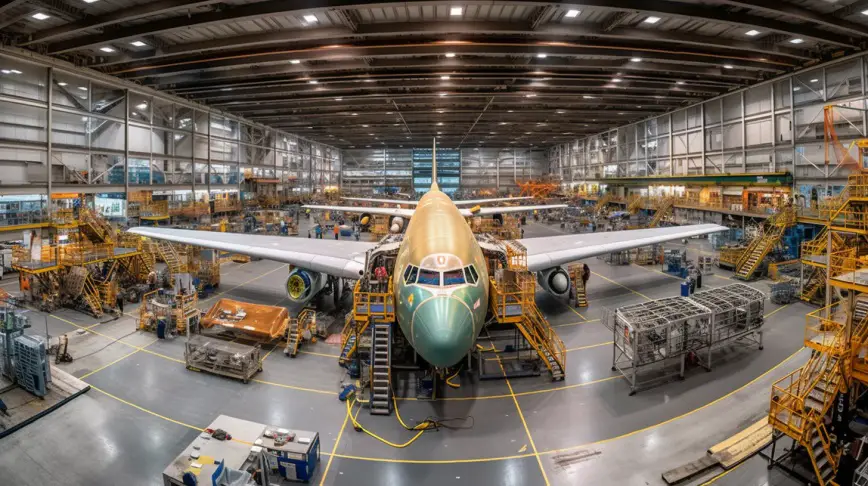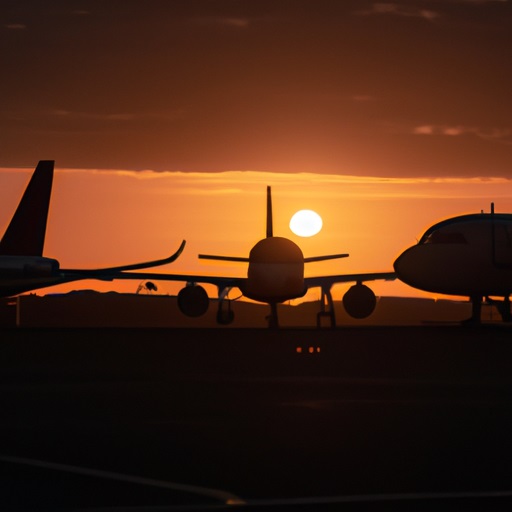
Disruptive Innovation in Air Travel – Anywhere on Earth in Under an Hour
The aviation industry has long been dominated by incremental improvements in technology, resulting in greater safety and efficiency but ultimately providing the same basic experience for passengers. However, could the concept of utilizing an interplanetary rocket for long-distance travel on Earth, championed by Elon Musk’s SpaceX, revolutionize air travel and reshape our perception of global distances?
There’s no harm in imagining the future, isn’t it? Let’s explore this idea further.
In this article, we will explore the once-teased idea by Elon Musk to use Starship to travel anywhere on Earth in under an hour, its potential to reduce travel times on Earth drastically, the challenges to be overcome, and the broader implications of such a radical departure from traditional commercial aviation.
Elon Musk Wants To Use SpaceX Rockets To Travel On Earth
So, what’s this all about, and when did it start? It was in 2017 when at the end of his presentation on Starship, Elon Musk teased the idea of using the rocket (then called BFR) to fly anywhere around the world in less than 60 minutes for the price of an economy-class flight ticket.
The Promise of Rocket-Based Air Travel
SpaceX’s Starship (previously called BFR – Big Falcon Rocket) has the potential to revolutionize air travel by enabling passengers to reach any destination on Earth in under an hour.
BFR will take you anywhere on Earth in less than 60 mins https://t.co/HWt9BZ1FI9
— Elon Musk (@elonmusk) September 29, 2017
With speeds reaching up to 27,000 km/h, the rocket-based travel system would far surpass the capabilities of the Concorde, which reached speeds of 2,146 km/h. This disruptive innovation has the potential to create new markets and value networks, displacing established industry leaders and forcing a reevaluation of existing products and services.
Examples of potential travel times with rocket-based air travel include:
- New York to Shanghai flight in 39 minutes
- Hong Kong to Singapore in 22 minutes
- London to New York or Dubai in 29 minutes
- Los Angeles to Toronto in 24 minutes
These rapid travel times would profoundly impact business, leisure, and diplomatic travel, making long-distance trips much more feasible and accessible. Today, the longest nonstop flight is from Singapore (SIN) to New York (JFK), which is 9,537 miles and takes 18 hours, and 50 minutes.
Challenges and Hurdles
Several significant challenges must be addressed to make rocket-based air travel a reality. These include:
Regulatory Environment
Commercial air travel is subject to stringent regulations prioritizing safety and environmental concerns. Introducing rocket-based travel would require overcoming various regulatory hurdles, including approval from national and international aviation authorities.
Passenger Safety
Ensuring the safety of passengers during rocket takeoff, flight, and landing is critical. While commercial air travel has an excellent safety record, rockets have inherent risks due to the extreme forces involved. Developing systems to mitigate these risks and ensuring passenger safety will be a top priority.
Comfort
Rocket travel involves intense forces and vibrations during takeoff and reentry, which could prove uncomfortable or distressing for passengers. Addressing these concerns and ensuring a comfortable travel experience will be essential for widespread adoption.
Environmental Impact
Rockets consume large quantities of fuel and produce significant emissions. Minimizing the environmental impact of rocket-based air travel will be crucial to secure regulatory approval and public acceptance.
Infrastructure
Traditional airport infrastructure is not suitable for rocket-based travel. New launch and landing facilities will need to be developed, potentially requiring significant investment and cooperation from governments and private entities.
Addressing these challenges will require technological innovation, regulatory negotiation, and public acceptance. However, the promises of potential benefits of rocket-based air travel make these obstacles worth overcoming.
Impact on the Aerospace and Airline Industry
The introduction of rocket-based air travel would have profound effects on the aerospace and airline industry. Established companies would face new competition, forcing them to adapt or risk obsolescence. This disruption could spur a wave of innovation as industry players race to develop new technologies and services to remain competitive.
The shift to rocket-based air travel would also necessitate reevaluating existing infrastructure. Traditional airport runways would no longer be required for these systems, as rockets would launch and land vertically. This change could lead to the development of new, more efficient transportation hubs, with potential benefits for re-imagined urban planning and development.
Conclusion
Rocket-based air travel has the potential to transform the airline industry and redefine our understanding of global distances. By harnessing the power of interplanetary rocket systems, SpaceX’s Starship could make it possible to reach any destination on Earth in under an hour, drastically reducing travel times and revolutionizing the way we conduct business, diplomacy, and leisure travel.
Overcoming the significant challenges associated with regulatory compliance, passenger safety, comfort, environmental impact, and infrastructure will be crucial to realizing the full potential of rocket-based air travel. Addressing these obstacles will require collaboration between governments, private companies, and regulatory authorities and the development of innovative solutions.
The impact on the aerospace and airline industries would be immense, forcing established players to adapt and innovate in the face of new competition. The introduction of rocket-based air travel could lead to a new era of technological advancements, with companies striving to develop new products and services to stay competitive.
Furthermore, the shift towards rocket-based travel would necessitate reimagining existing infrastructure. The development of new transportation hubs designed for rocket launches and landings could have far-reaching implications for urban planning and development, potentially improving the efficiency of transportation systems and reshaping cities.
In conclusion, the concept of using interplanetary rocket systems for long-distance travel on Earth presents a bold vision for the future of air travel. While significant challenges exist, the potential benefits are too great to ignore. If realized, this disruptive innovation could usher in a new era of global connectivity and redefine the way we experience our world.







